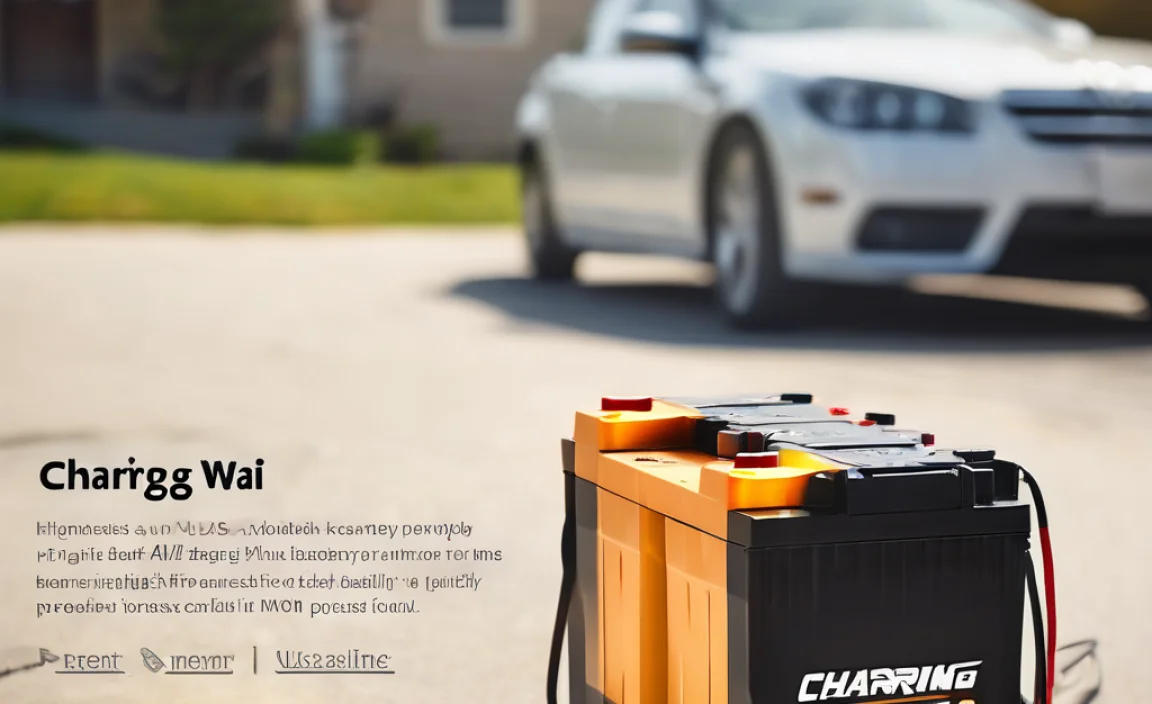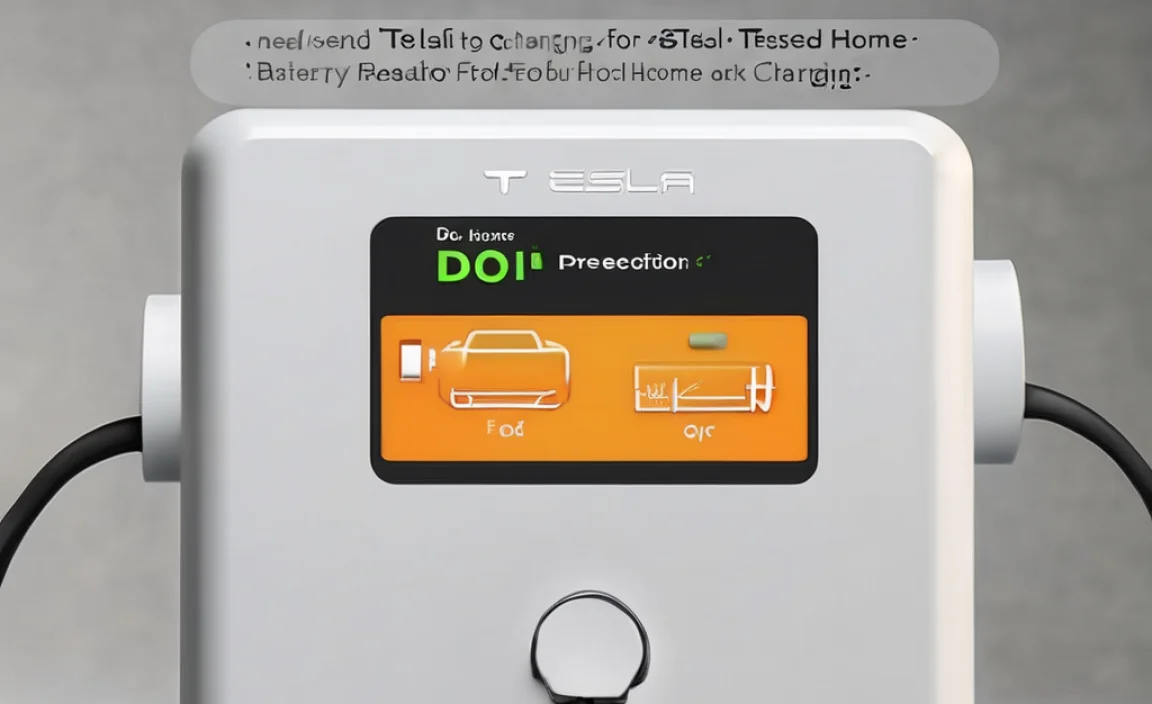Best Socket Size for Battery Terminal: Your Essential Guide
What size socket for battery terminal you’ll need ultimately depends on the specific make and model of your vehicle, but understanding the common sizes and how to identify them is crucial for any DIY enthusiast or professional mechanic. Dealing with car batteries, whether for a simple clean-up, replacement, or troubleshooting, invariably involves working with the battery terminals. These often stubborn fasteners require the right tool for the job to avoid stripped heads, damaged terminals, or frustrating delays.
The most common culprits when it comes to battery terminal fasteners are nuts. These nuts typically secure the clamping mechanism that holds the battery cable onto the battery post. While there might be variations, the overwhelming majority of passenger vehicles utilize a handful of standard metric sizes for these nuts. Grabbing the wrong size can lead to a frustrating experience, so knowing what to expect can save you time and a trip to the auto parts store.
Identifying the Common Socket Sizes for Battery Terminals
The most prevalent socket sizes you’ll encounter for battery terminal nuts are 10mm and 13mm. These two metric sizes cover a vast majority of automotive applications. Many American, European, and Asian vehicles employ these dimensions. You might also come across a 5/16 inch or 3/8 inch on some older or specially designed systems, though these are less common in modern passenger cars.
The best approach is to have a good set of metric sockets readily available. A 1/4-inch drive socket set is often sufficient, as battery terminal nuts typically don’t require a massive amount of torque. However, if you anticipate dealing with particularly seized or corroded terminals, a 3/8-inch drive set might offer a bit more leverage and durability.
Why Knowing the Right Size Socket for Battery Terminal Matters
Using the incorrect socket size is a recipe for disaster. If the socket is too large, it will round off the corners of the nut, making it extremely difficult, if not impossible, to remove. This can lead to a need for specialized tools like nut splitters, which can potentially damage the battery terminal itself or the cable.
Conversely, a socket that’s too small might not grip the nut at all or could strip the internal splines of the socket, rendering it useless. This is why investing in quality sockets is important. They are made to tighter tolerances and are less likely to slip or damage fasteners.
How to Determine the Correct Battery Terminal Socket Size
The most definitive way to determine the what size socket for battery terminal you need is to visually inspect the nuts on your vehicle’s battery. They are usually located at the end of the battery cables that connect to the positive (+) and negative (-) posts of the battery.
1. Visual Inspection: Look closely at the nut. You might see the size stamped directly onto it. However, this isn’t always the case, especially on older or corroded fasteners.
2. Try a Few Common Sizes: If you can’t find a size marking, the next best step is to carefully try the most common sizes: 10mm, 13mm, 5/16 inch, and 3/8 inch. Start with the 10mm and gently try to fit it onto the nut. If it slides on easily without much resistance and feels snug, you’ve likely found your size. If not, try the 13mm, and then the fractional sizes if necessary. Be gentle – you don’t want to force a socket onto a nut.
3. Consult Your Vehicle’s Manual: For newer vehicles, your owner’s manual might specify the tool sizes required for common maintenance tasks, including battery terminal work. This is a reliable, albeit sometimes overlooked, resource.
4. Online Resources: Many automotive forums and repair websites have vehicle-specific information. Searching for “[your vehicle year, make, model] battery terminal socket size” can often yield the answer.
Beyond the Nut: Other Considerations for Battery Terminal Work
While the socket size is paramount, other factors contribute to a successful battery terminal service.
Corrosion: Battery terminals are prone to corrosion, which can make removal trickier. A wire brush or a dedicated battery terminal cleaning tool is essential for removing this buildup. This not only helps the socket fit better but also ensures a good electrical connection once reassembled.
Ratchet and Extension: Depending on the location of your battery and the accessibility of the terminal nuts, you may need a ratchet and possibly an extension bar to reach them comfortably. A universal joint can also be helpful for navigating tight spaces.
* Antiseize Compound: When reassembling, applying a thin layer of dielectric grease or an antiseize compound to the battery posts and terminal clamps can prevent future corrosion and make removal easier next time.
The Importance of a Quality Socket Set
For anyone who plans on doing their own vehicle maintenance, investing in a good quality socket set is a no-brainer. A set that includes a good range of metric and SAE (Society of Automotive Engineers) sizes, along with various drive sizes (1/4-inch, 3/8-inch, and possibly 1/2-inch for larger tasks), will serve you well for countless jobs. Look for reputable brands known for their durability and precise manufacturing. A well-maintained socket set will last for years and prevent the frustration and potential damage associated with using worn or ill-fitting tools.
In conclusion, understanding the best socket size for battery terminal work boils down to familiarity with the common metric sizes, primarily 10mm and 13mm, with occasional appearances from 5/16 inch and 3/8 inch. By visually inspecting your vehicle’s terminals, consulting your manual, or even carefully trying common sizes, you can ensure you have the right tool on hand to tackle battery maintenance with confidence and efficiency.


